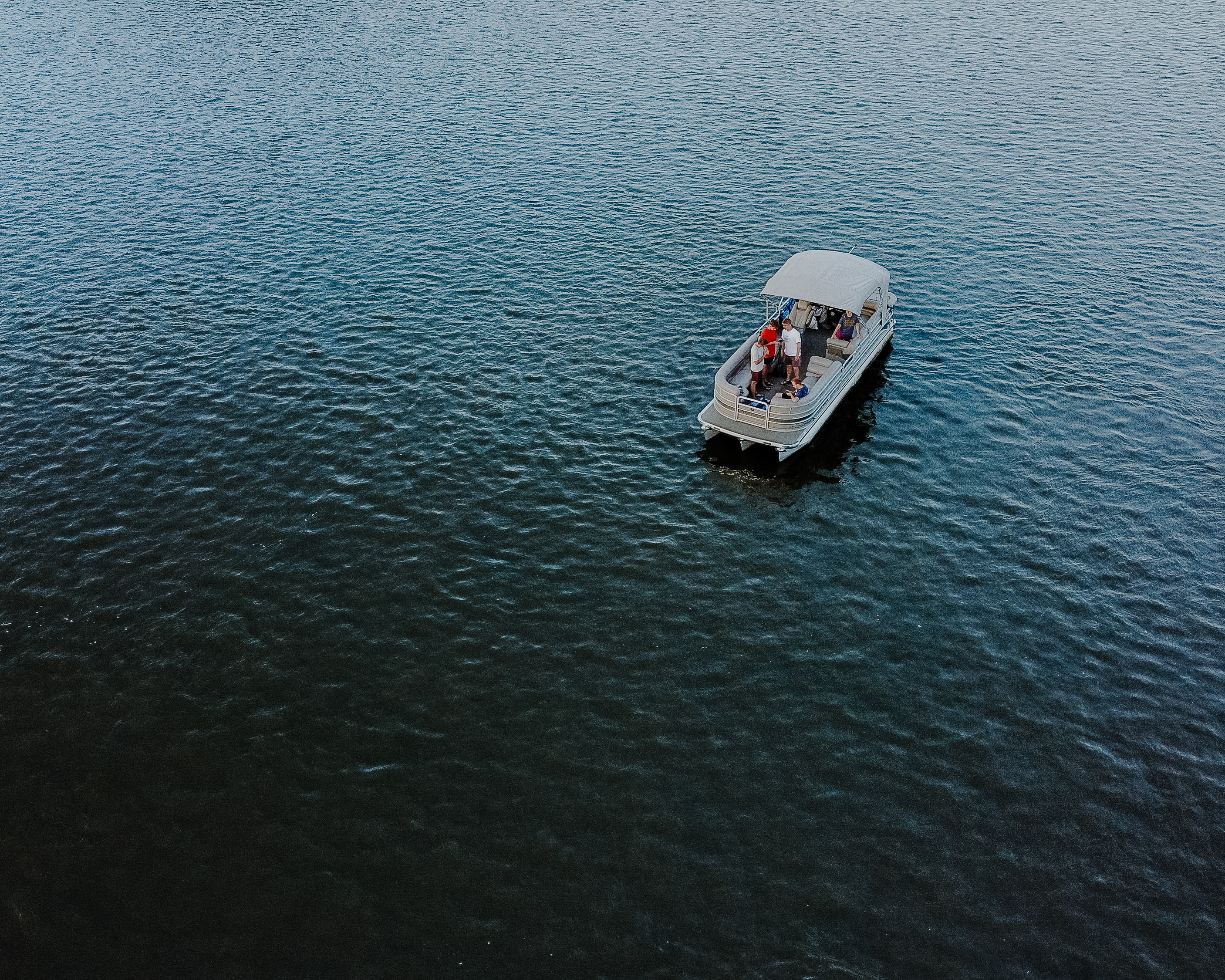Prepare yourselves, boaters. Hurricane season is here to stay (for at least the next few months). NOAA, the National Oceanic and Atmospheric Administration, is predicting 3-5 major hurricanes this year and 13-20 named storms total.
Named storms can cause significant damage to your property – including your boat, home, car and more. Don’t wait until a warning is issued to prepare; it may be too late to take certain precautions.
If you live in a hurricane-prone area, now is the time to act. You want to plan for a threat before it is considered imminent. Doing so can reduce the risk of damage and resulting expenses, especially if you have the right boat insurance coverage in place to protect you against financial disasters arising from a named storm.
Here are some tips when reviewing your boat insurance policy, and named storm coverage, specifically, to ensure you have the right protections in the event you face a destructive storm.
Named Storm Coverage
Named storm insurance provides coverage for damage to your boat caused by a tropical depression, tropical storm, or hurricane. Storms are given a name once they display a rotating circulation pattern and wind speed of 39 mph or more. If wind speed reaches 74 mph, it is then considered a hurricane, rather than a tropical storm. These classifications are identified by the National Hurricane Center of the National Weather Service.
Insurance companies may want to know your plans to protect the boat in the event of a storm, including where the vessel will be hauled and stored. Damage caused by a named storm can be catastrophic and often involves costly repairs. If boating in a hurricane-prone area, named storm coverage is one of the most important components of the policy.
Payout Structures
Many insurance providers will offer coverage for the structure of your boat during a weather-related disaster, like a hurricane or tropical storm or depression. What differs is how your insurance payout is framed in the policy.
For instance, you could have an actual cash value or agreed value basis policy. While both valuation methods can help you repair or replace the damaged property after a covered loss, they use different methods to determine how the policy compensates you.
- Actual Cash Value Policies: A boat insurance policy with actual cash value coverage will determine the value to repair or replace your damaged property and then reduce that amount by any depreciation applicable due to the age of the property.
- Agreed Value Policies: Agreed value coverage helps you repair or replace damaged property without adjusting for depreciation.
» MORE: Boat Insurance Replacement Cost Versus Actual Cash Value
Take Inventory of Your Personal Property and Equipment
It’s important to take inventory of the valuable equipment and property used on your boat. This includes personal items that are unattached to the structure of the vessel such as water skis and wakeboards, fishing gear, portable electronics and more.
Imagine experiencing a catastrophic hurricane and finding everything destroyed. Then imagine if you didn’t add your expensive personal property, equipment, and gear to your boat insurance policy. The cost to replace those items could be expensive and it would be paid out-of-pocket.
You can avoid that stress by contacting your insurer to confirm that you have or request to add personal property and equipment coverage.
Understand Your Deductible
Your deductible is the amount you self-insure before your policy kicks in. After the deductible is met, your insurer will reimburse you for the rest of the bill, up to the policy limit and subject to any applicable terms and conditions.
If you’re located in a hurricane zone, your insurer may require a separate hurricane, named storm, or windstorm deductible. This deductible could be based on a percentage of your coverage or it could be a fixed dollar amount.
- For example: if you have a $100,000 policy limit and a 2% named storm deductible, you would be responsible for the first $2,000 worth of damage for a named storm-related covered claim.
Choosing Between a Low- or High-Deductible
If you’re deciding between a low or high deductible policy, there are a few things to consider:
- High-Deductible Policies: You can raise your deductible to save on your annual premium. This will require you to cover assume more financial risk in the form of a higher deductible in the event of loss.
- Low-Deductible Policies: The lower your deductible, the higher the policy’s total cost. This option may be harder to fit into your budget and could cost you more long-term if you remain claim-free.
Choosing a strategy regarding deductible versus premium is a personal decision and one that should be carefully considered.
» MORE: Insurance Premiums and Deductibles - Explained
Policy Coverage Limits
Insurance policies all sustain a policy limit with covered claims. This will determine the payout amount if property needs to be repaired or replaced.
It’s best to review your policy and its coverage limits every year.
For example, if you’ve made significant improvements to your boat or bought expensive equipment, you may want to consider increasing the policy limit to ensure that you’re adequately covered.
» MORE: Personal Property and Equipment Coverage – Explained
How to add named storm coverage
The worst thing you can do is wait until the last minute to prepare for a hurricane. When it comes to your boat and finances, the risk of exposure is never worth it. Opt for preparation instead.
At SkiSafe, it’s quite simple to change or add coverage to your policy. You can do it directly through our website and it should only take a few minutes. If you prefer to speak to an underwriter before making any changes, they would be happy to assist by phone, email, or live chat.
- Phone Number: (800) 225-6560
- Email Address: customer@skisafe.com
- Live Chat: https://www.skisafe.com/

